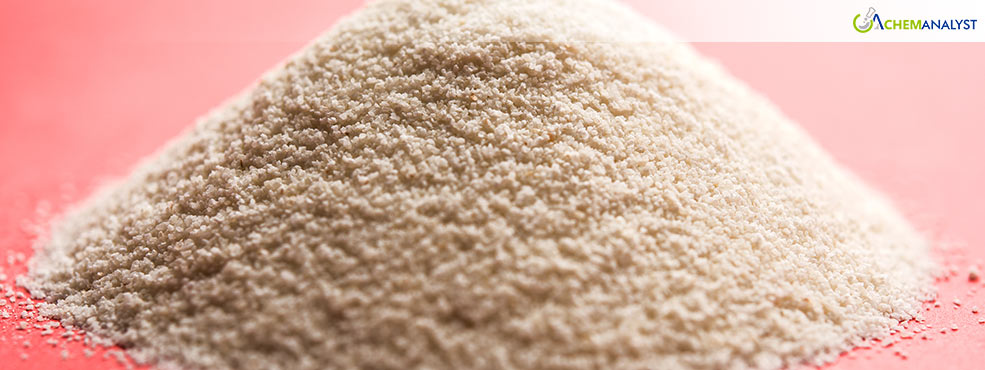Welcome To ChemAnalyst

In a significant market development, Glutamic Acid prices have plummeted across global markets during December 2024, marking one of the most substantial price declines in recent years. The industry has witnessed an extraordinary shift as manufacturers report record-low prices, with some regions seeing reduction in costs.
Industry experts attribute this sharp decline in Glutamic Acid pricing to multiple factors. The market has been experiencing unprecedented oversupply. Major producers for Glutamic Acid in Asia have significantly increased their production capacity, while demand has temporarily softened.
The impact of reduced prices has reverberated throughout various sectors. Food manufacturers, who rely heavily on Glutamic Acid as a flavor enhancer, report substantial cost savings in their procurement. The Glutamic Acid price reduction has enabled these companies to secure favorable long-term supply contracts, ensuring stable availability for their operations.
Transportation and logistics optimization have played a crucial role in this market transformation. Enhanced supply chain efficiency has emerged through the adoption of cross-docking facilities in key ports across Singapore, Rotterdam, and Long Beach, eliminating unnecessary storage stops. Major distributors have revolutionized their approach through cloud-based inventory management systems.
The Asia-Pacific region, traditionally the largest Glutamic Acid manufacturing hub, has emerged as the epicenter of this price decline. Chinese producers, in particular, have reported significant inventory buildups, forcing competitive pricing strategies. These regional market dynamics have influenced global trade patterns.
Pharmaceutical companies, another major consumer of Glutamic Acid, have capitalized on these favorable market conditions. The reduced costs have allowed for increased research into new formulations. Industry analysts predict this pricing trend will persist through early 2025, creating opportunities for innovation across dependent industries.
A significant factor driving the price reduction has been the sharp decline in raw material costs, particularly corn, which is essential for Glutamic Acid production. China, the world's largest producer, has experienced a notable decrease in domestic corn prices throughout December. This decline stems from a convergence of market forces: robust domestic harvests yielding 280 million metric tons, a 4.8% increase from previous yields, coupled with an unprecedented influx of Brazilian corn imports priced 15% below domestic rates. The Chinese government's strategic pivot to reduce import dependency has paradoxically coincided with this surplus, creating a temporary market imbalance that has driven corn prices down by 22% month-over-month. Major Glutamic Acid manufacturers like Fufeng Group and Meihua Holdings have leveraged these favorable raw material conditions, with production costs decreasing by approximately $175 per ton.
The year-end destocking of inventories has further accelerated the Glutamic Acid price decline. Many stockists have liquidated their reserves, contributing to the downward pressure on Glutamic Acid prices. Market observers note that this pricing trend represents a significant shift from the volatile conditions seen in previous quarters.
We use cookies to deliver the best possible experience on our website. To learn more, visit our Privacy Policy. By continuing to use this site or by closing this box, you consent to our use of cookies. More info.
